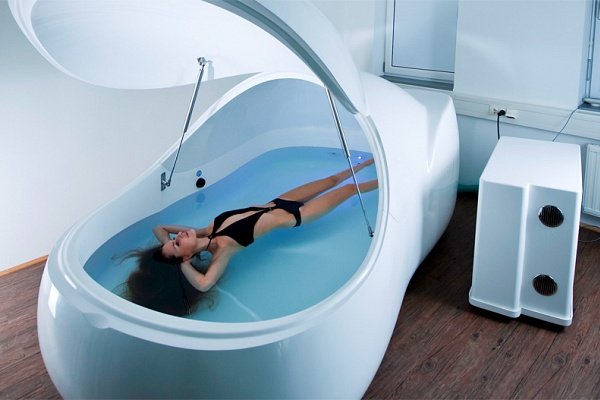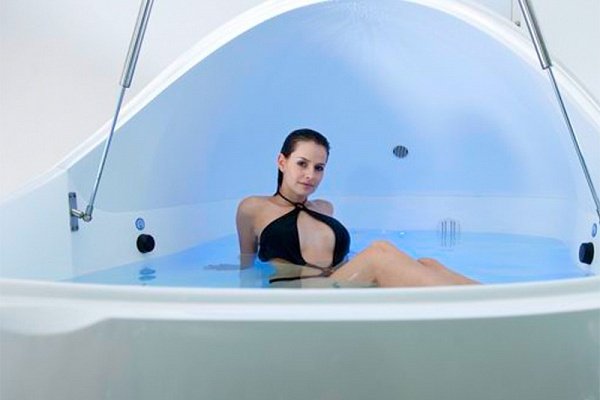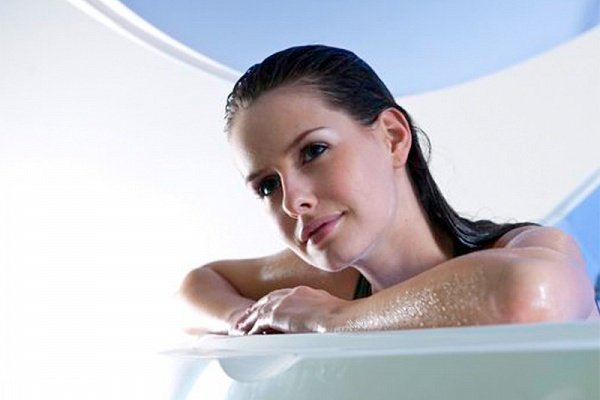09 October 2020, by i-sopod
Time to break things down to the basics: here’s a close look at float tanks, what to expect on your first float, and how a floatation tank works.
But firstly, before we get to the how, let’s take a brief look at the why behind the floatation experience…
A Brief History of The Float Tank
Float tanks were the result of neurophysiologist Dr John C Lilly’s research into sensory deprivation. In the 1950-1960s, a lot of research experiments were being carried out to see what effect cutting off all external stimulation would have on human consciousness.
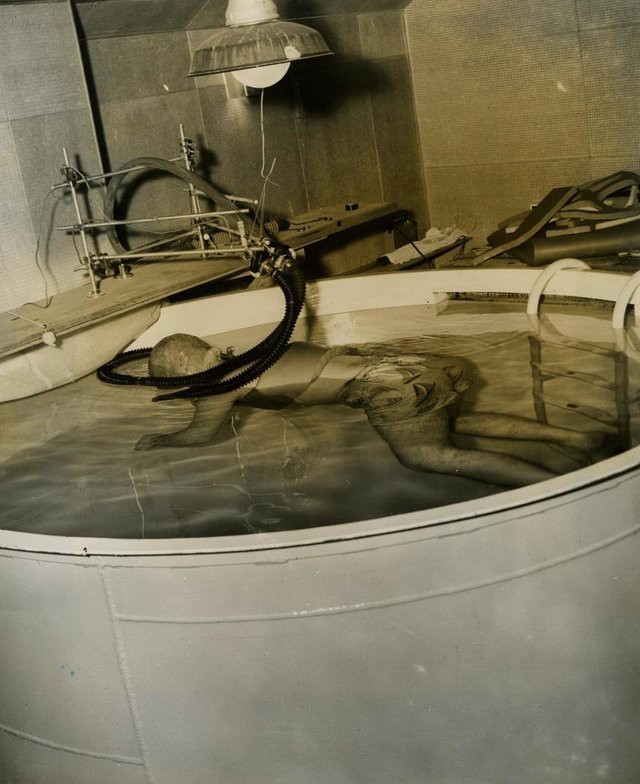
While experiments involving confinement in a dark room for 24 hours (as well as other stranger, more extreme experiments…) were taking place elsewhere, Lilly, working at the National Institute of Mental Health in Maryland USA, invented the first floatation tank in 1954.
It was a vertical enclosed tank filled with salt water, in which participants would wear a black-out helmet with attached breathing apparatus. Shielding the brain from all sensory stimulation, researchers were surprised to find that participants did not fall into a deep sleep or lose consciousness…
Instead, they remained fully conscious and experienced a state of deep relaxation (sometimes even triggering hallucination). These were the first seeds of what evolved into floatation-REST (restricted environmental stimulation therapy).
It wasn’t until the 1970s that Lilly, in collaboration with Glenn Perry, invented a horizontal version of the float tank which meant the helmet was no longer needed. This change in design broadened the appeal of floatation to a wider audience, however it failed to enter the mainstream at the time, partly due to fears of confinement.
After a period of hibernation, floatation tanks have re-emerged with growing popularity within the last decade, with refined designs of more spacious float tanks and commercial float centres opening around the globe.
The Modern Floatation Pod
Today’s float tank is a spacious, insulated cocoon-like pod, which is large enough for you to be inside with arms and legs stretched without touching the sides. Float tanks are designed with inbuilt filtration and cleansing mechanisms which keep the water sterile, and free from microbes and debris.
The tank is fitted with an efficient heater which works systematically to maintain the water temperature. The plumbing, heating and filtration system, plus the inner and outer shells of the tank are impervious to salt damage.
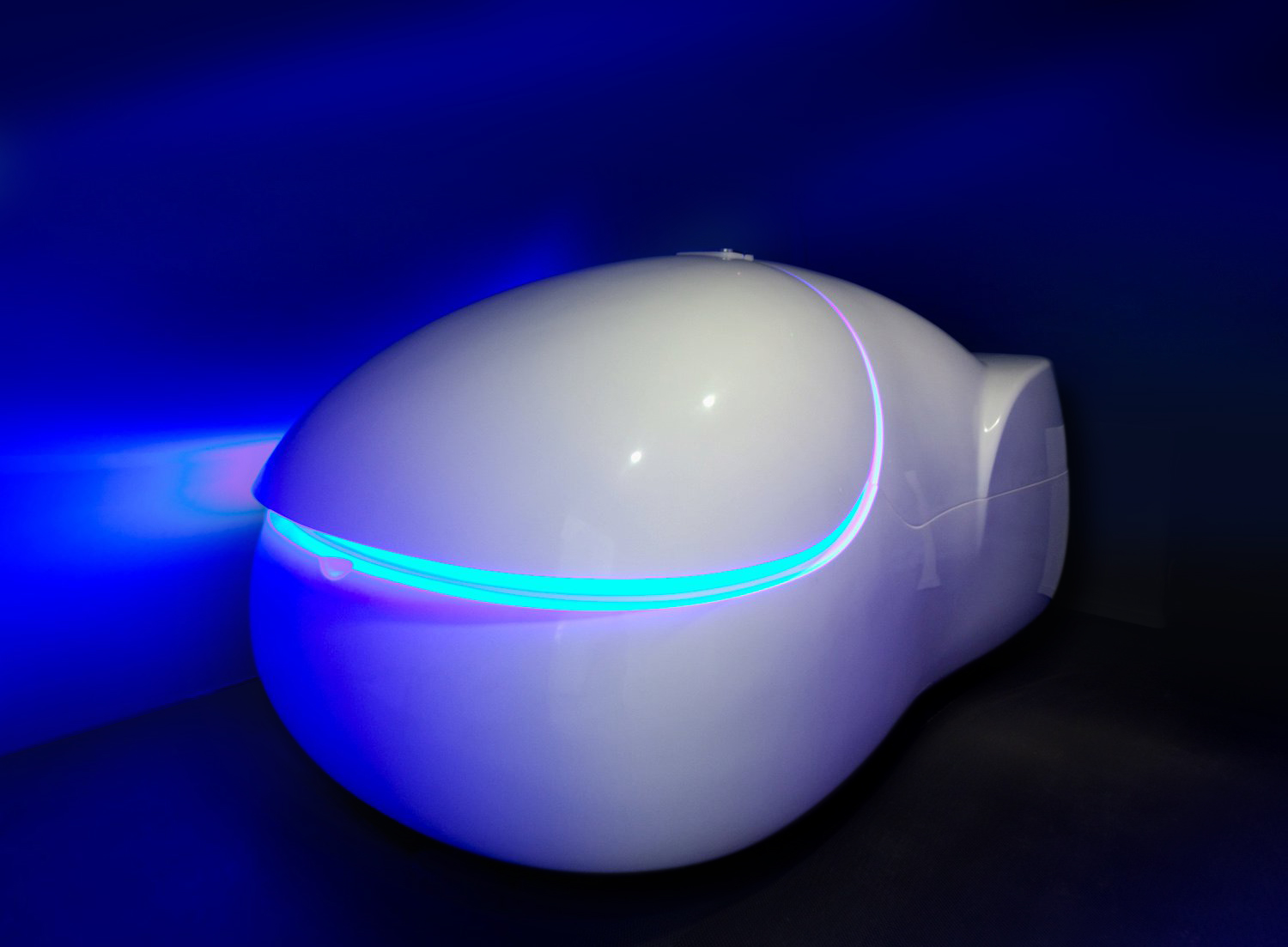
What To Expect in a Float Tank
Inside the float tank, the water is saturated with 525kg of Epsom salt (a magnesium sulphate compound) which makes the water dense enough for you to float without any effort at all. The water is 30cm deep, and is heated to 35.5c: the same temperature as your skin.
The tank has a door which you can either close or leave open depending on your preference. There’s the option to either be in complete darkness whilst in the pod or to keep the soft lighting switched on for the duration of your float, and you are also given earplugs.
Most people prefer to enter the pod naked, and as a result of the water being at skin temperature, there’s the sensation that you can’t tell where your body ends and the water begins.
This almost tricks the brain into thinking the body is floating in mid air.
‘Because the water is heated to the same temperature as your skin you don’t even feel it after a while; it’s like layers of an onion. When you first start […] you can only get a couple of layers of the onion in, a couple skins loose – you can’t really go to the core, it’s too hard to completely let go of who you are. But as you get better at it, and as you get more comfortable with the experience, you get better at actually letting go – really letting go.’ Joe Rogan, US comedian and avid floater
Thanks to the high salt concentration, you experience total weightlessness, and are able to completely let go of all muscular tension.
We take the impact of gravity for granted on a daily basis, but in fact a large amount of mental energy goes into calibrating the body to the effect of gravity every second of the day! It is therefore a release and relief for both mind and body to temporarily experience weightlessness at zero gravity.
Entering A Peaceful State of Being
As you are peacefully cocooned from all stimulation – sound, sight, smell, touch and gravity – your mind gradually enters a state of profound relaxation. External stimulation accounts for 90% of normal neuro-muscular activity, and so when the senses are deprived in this way, and as you settle into the experience, the mind is able to shift from its habitual alpha state into a theta state.
Theta brain-waves occur most often in sleep and in deep meditation, and enhance mental access to memory, focus and intuition. Once in a theta state, the brain enters a deeply restful and healing process, which produces endorphins and leads to a multitude of benefits for both mental and physical wellbeing.
Curious to learn more about floatation? Explore our blog, including a look at the meditative qualities of floating, and the health benefits. If there’s anything we haven’t covered on the blog, feel free to contact us with any questions.




